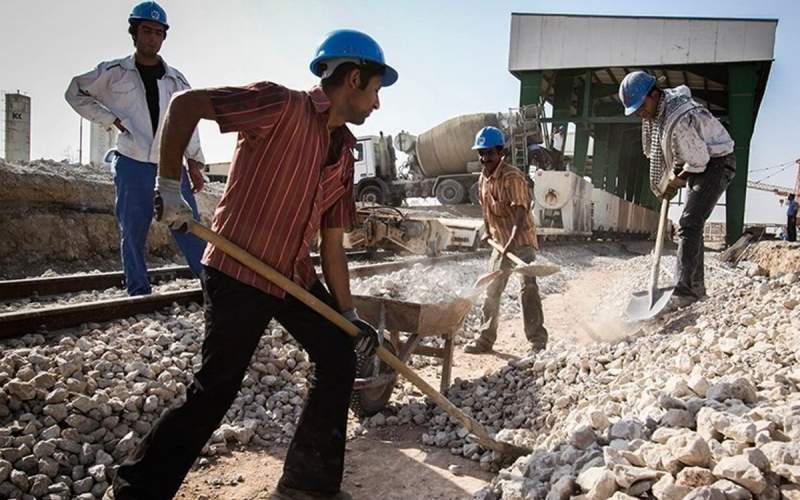The labor crisis and workers’ hunger in Iran have changed the workers’ livelihood basket.
Due to the high rate of obesity in the country, the labor crisis and workers’ hunger in Iran have changed the workers’ livelihood basket.
Ali Ramazanian, an economic journalist, describes the last days of February as stressful and worrisome for workers. Representatives of the government, employers, and workers gather in tense meetings to decide on the wages of workers, from brick kiln workers in Shamsabad, Tehran, to active miners in the 700-meter deep Razmjah mine in Damghan city.
According to the report of the Social Security Organization, there are about 14 million insured workers in Iran, which, considering a family of three, includes around 42 million people, about 50% of Iran’s population.
Despite the Tasnim News Agency, close to the Revolutionary Guards, announcing this year’s poverty line at 30 million tomans, workers’ wages for 2023 were about 8.5 million tomans. Therefore, workers’ purchasing power has severely declined.
Persian
مشاهده این مقاله به زبان فارسی


